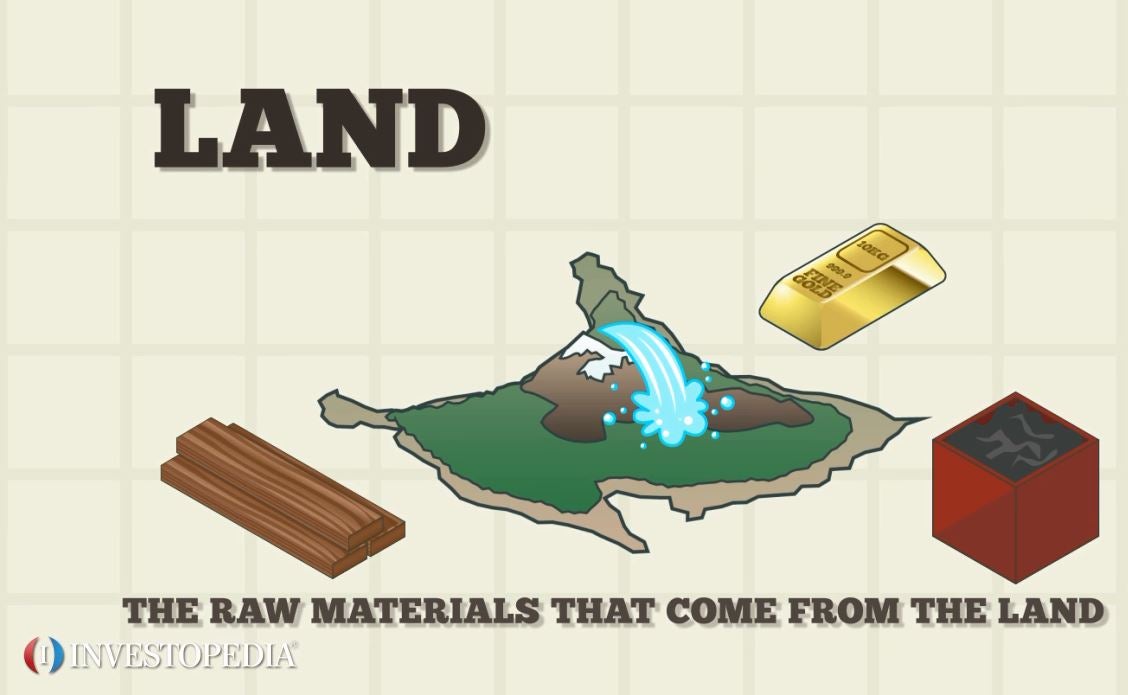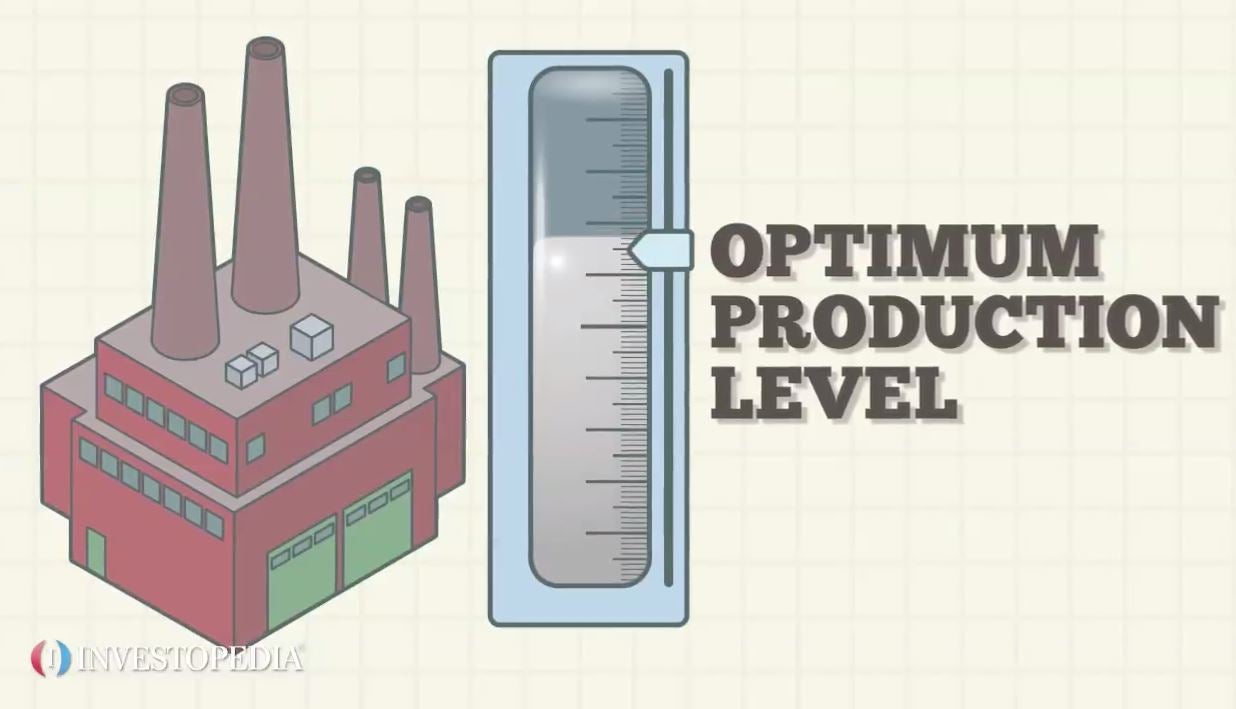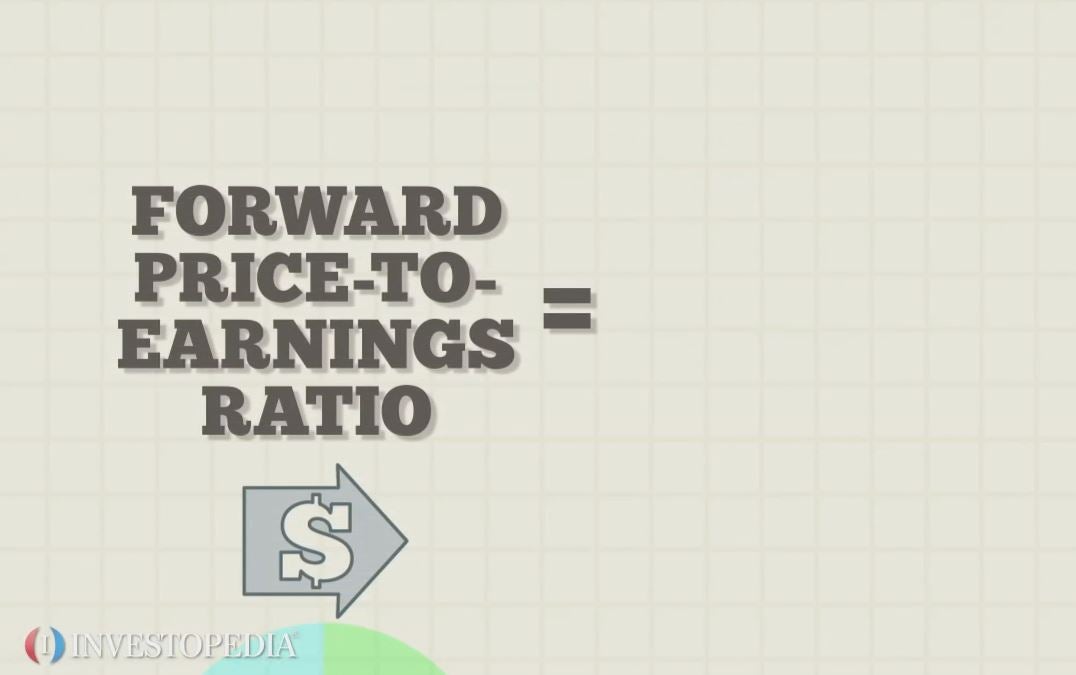A production possibility frontier (PPF) is a range of answers to the question, “What is our maximum production capacity?”Producing at a maximum level means creating as many jobs and using as many resources as possible. This maximizes employment and minimizes un-used resources. It is usually impossible to achieve this ideal state, but it is a good goal. For simple examples, the production possibility frontier is represented by a graph with a vertical x-axis, and a horizontal y-axis. Autoland makes cars and trucks. They have a certain amount of workers and resources, and want to use as much of both as possible. The X-axis represents car production, and the Y-axis shows truck production. If Autoland uses all its resources to make cars, it can produce 100,000. If it uses all it resources to make trucks, it can make 80,000. If it uses half its resources for cars, and half for trucks, it can make 50,000 cars and 40,000 trucks. If it uses ¾ of its resources on cars and ¼ on trucks, it can make 75,000 cars, and 20,000 trucks. Connect all the possible points of maximum production, and you get a sloping line that shows the production possibility frontier. Points on the line use the maximum amount of workers and resources. Points above the curved line are unattainable, due to limited resources. Points inside the curve do not fully use available resources.





